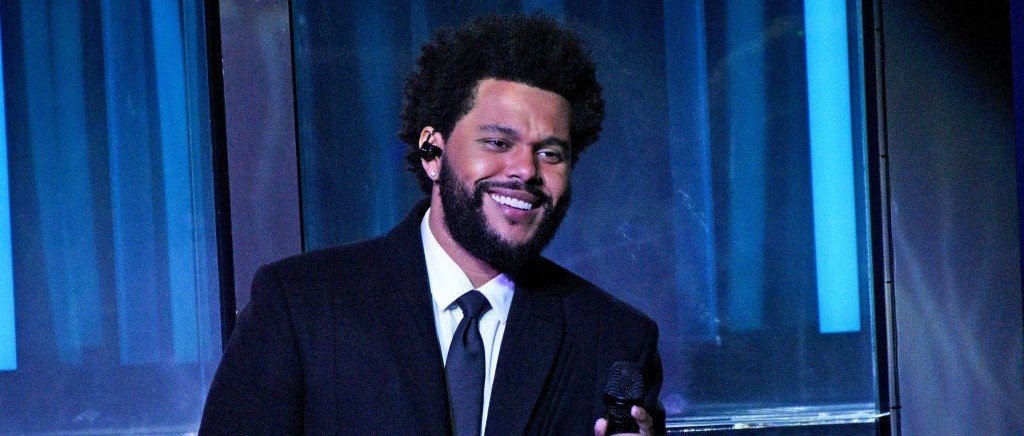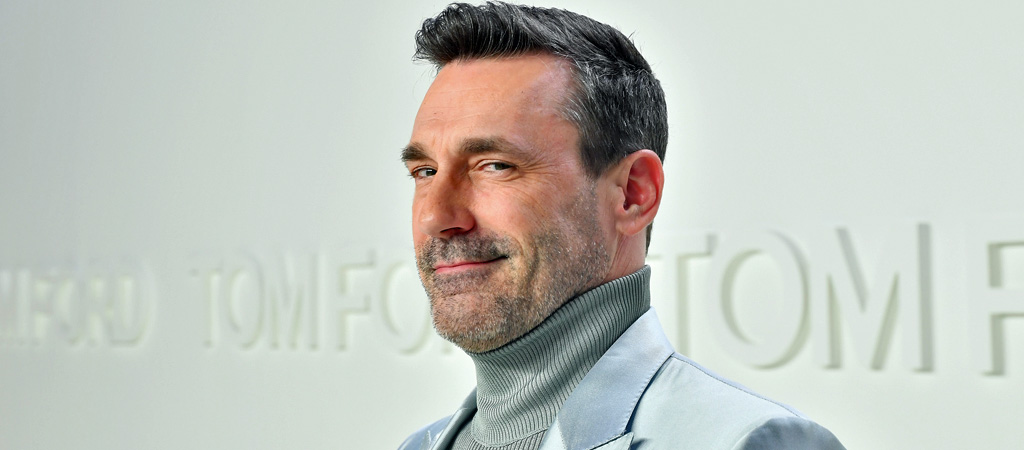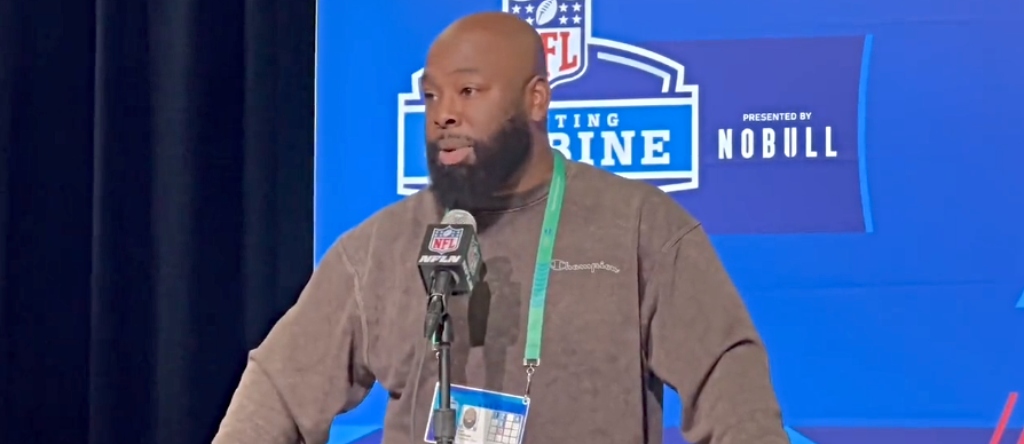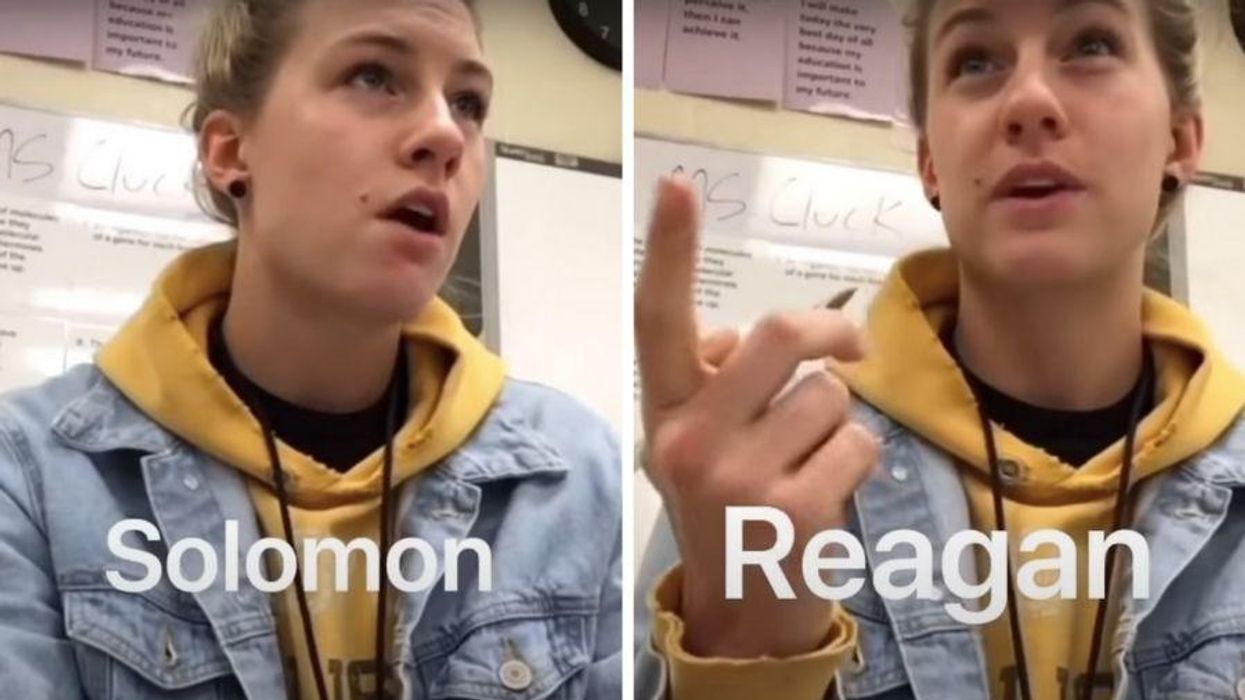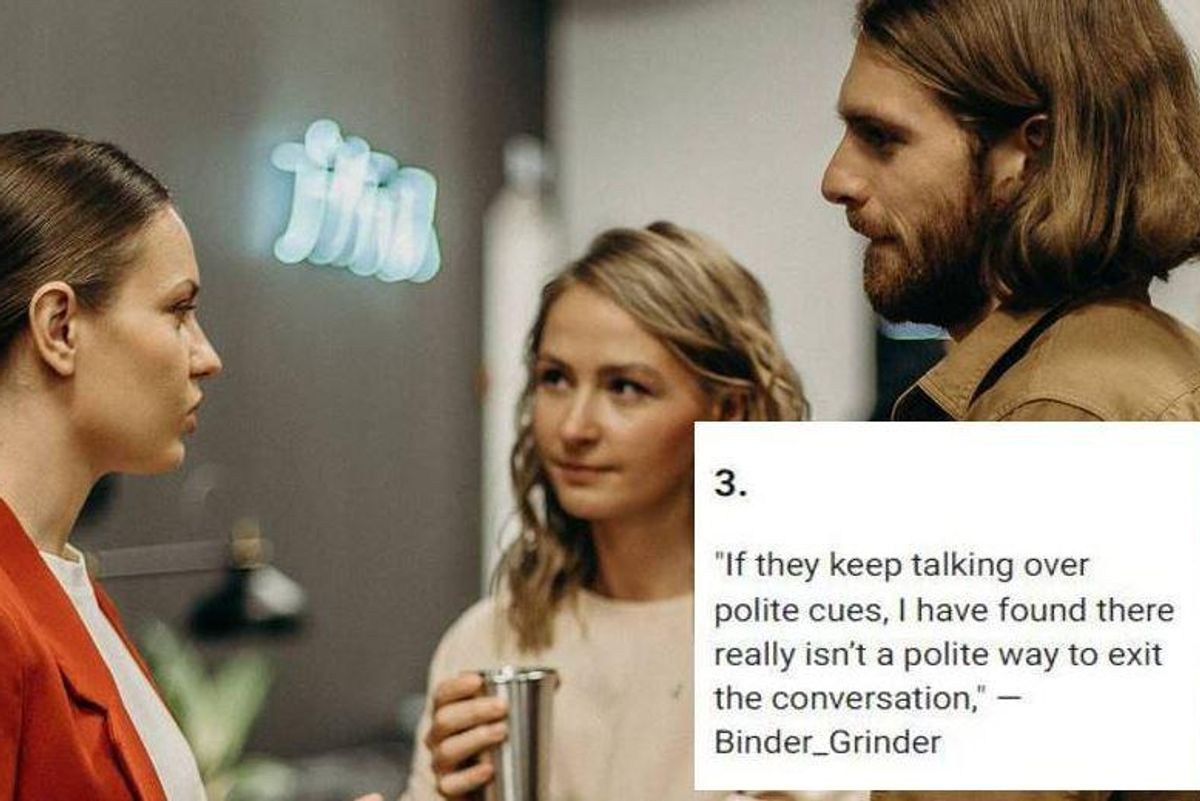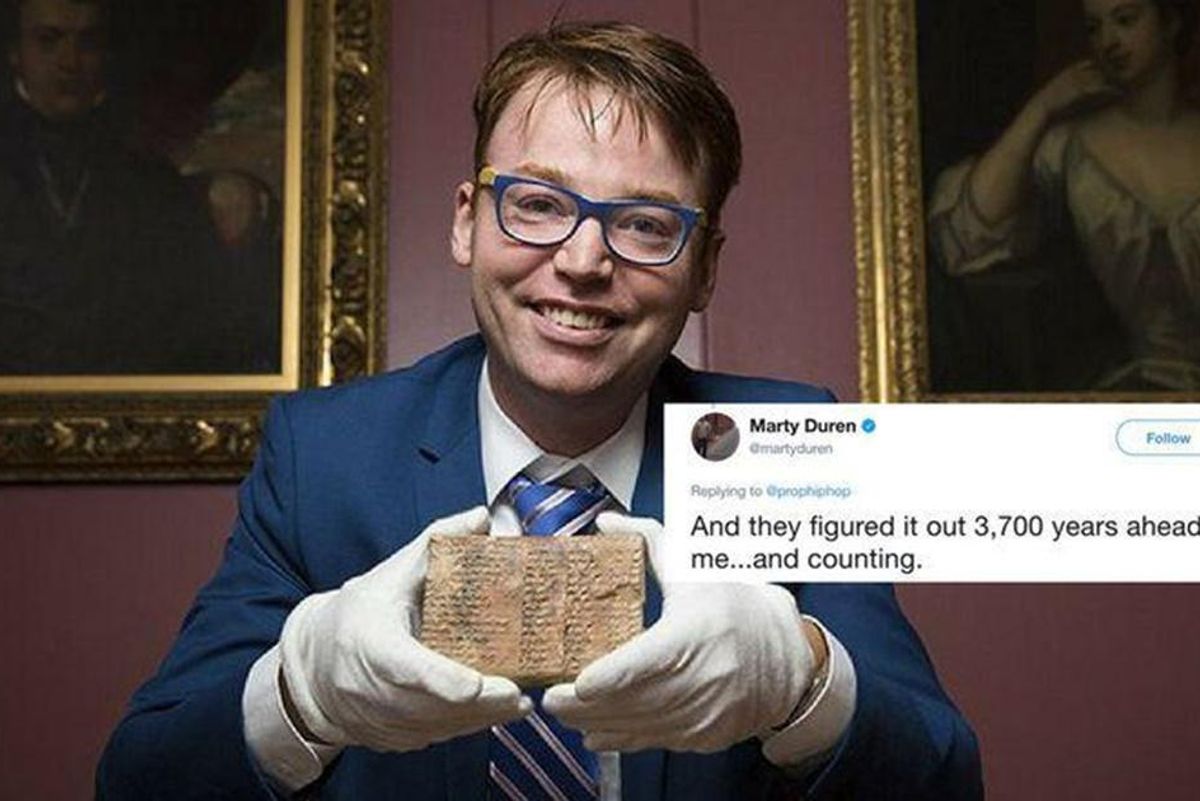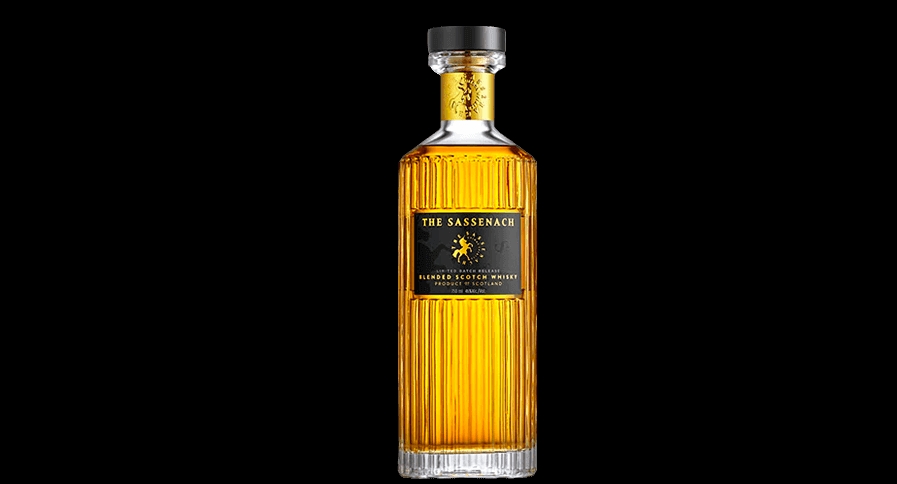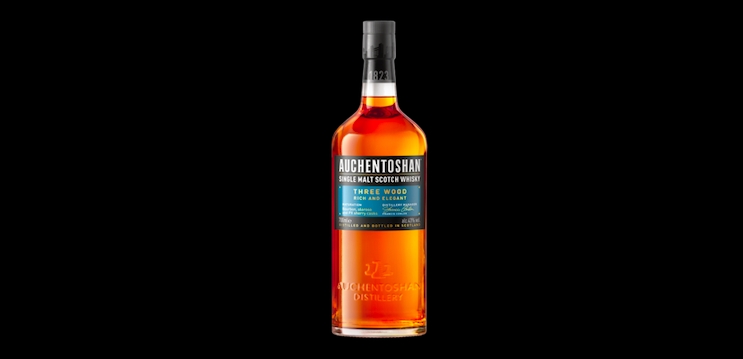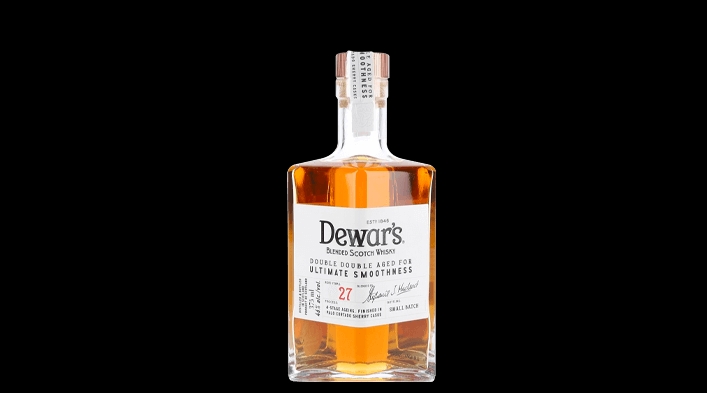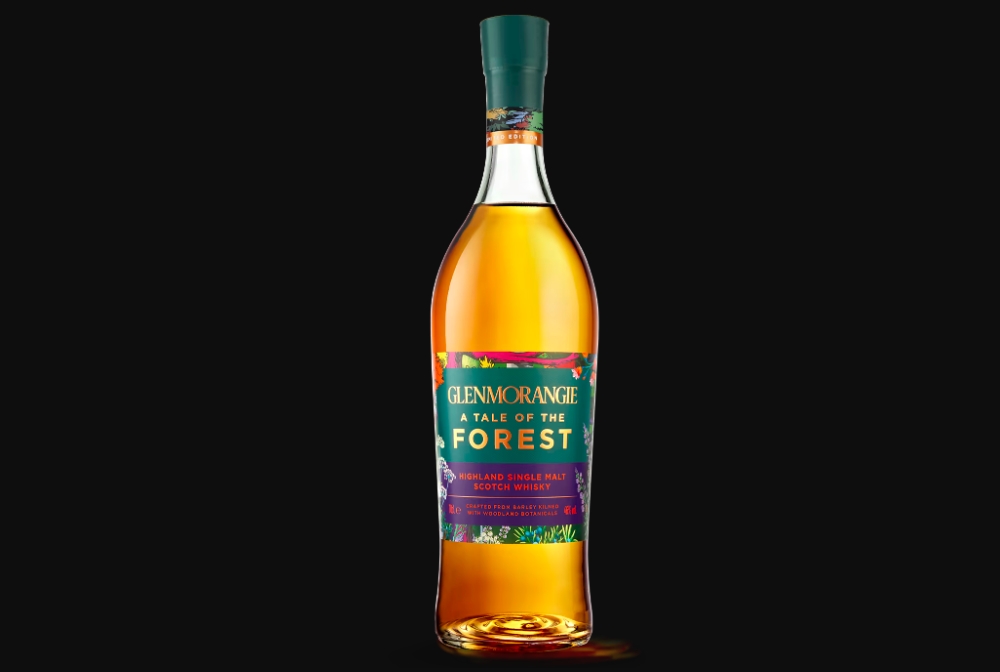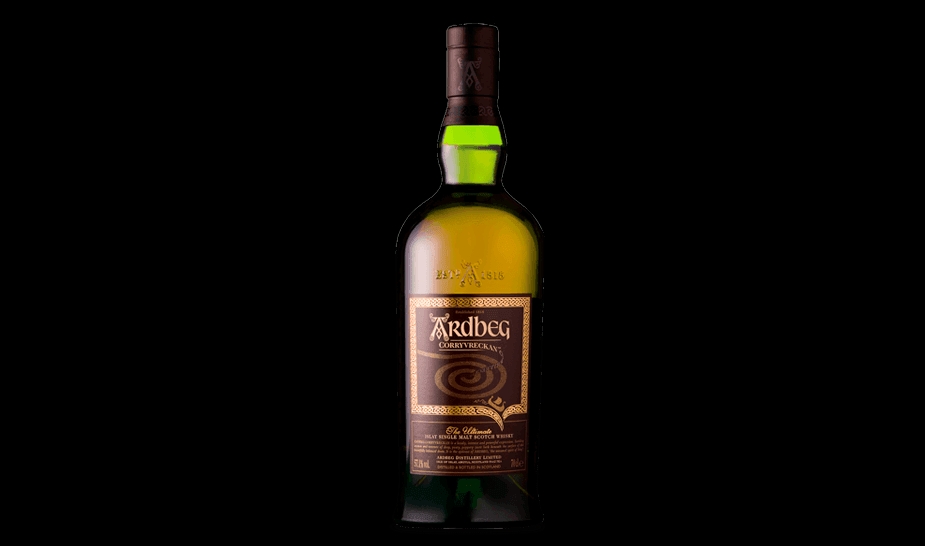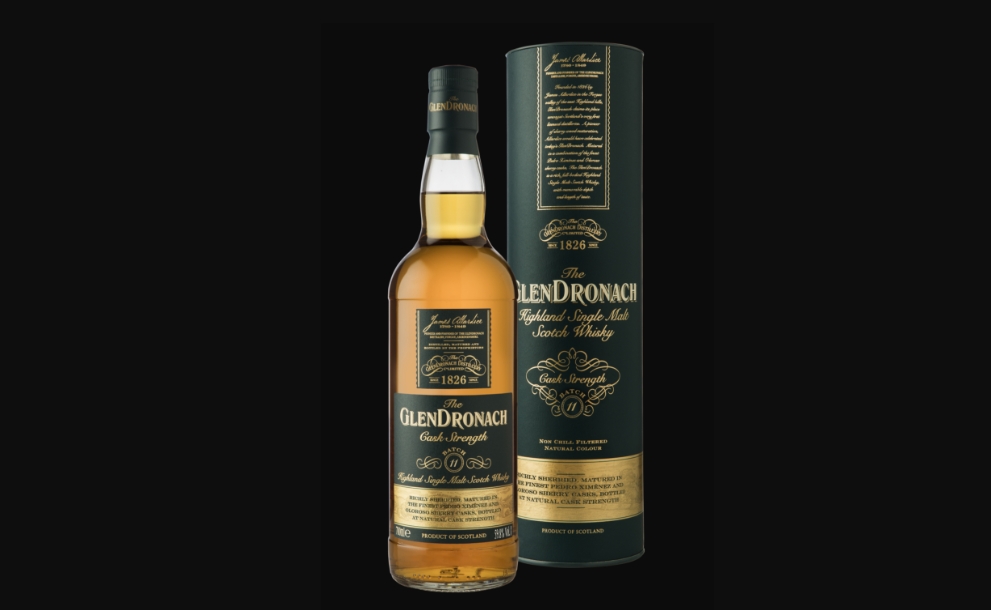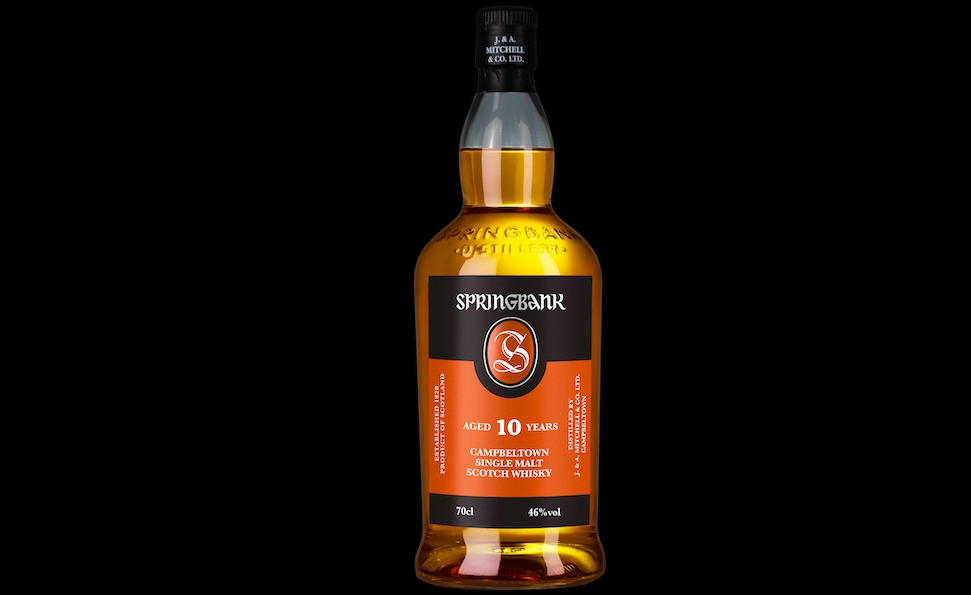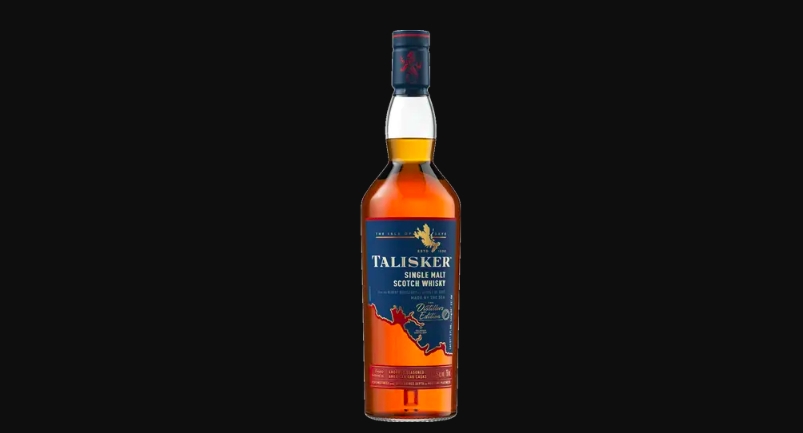
Who is in it for the right reasons? Will someone’s head turn? Is Tom capable of answering any direct question with anything other than, “I don’t know?” Wait, what is this season’s euphemism for getting, um, handsy? These are all questions that arise when tuning into ‘Love Island UK‘ Season 9. Follow along here as Uproxx (hopefully) answers your questions about the 2023 winter season and decides which couples we think are strong enough to last to the finale.
(WARNING: Spoilers for up to episode 43 of Love Island UK season nine will be found below.)
It appears that we’re in the final stretch of Love Island UK season nine. Three of the last four seasons each lasted 58 or 59 days, and if that remains true for season nine, things should come to an end in a little over two weeks. Most of the islanders at this point in the season are cozy in their couples, which makes for fairly uneventful and straightforward episodes. Though it may be a bit of a chore to get through the daily episodes, it is a balance from the chaos that was brought forth by Casa Amor and Movie Night. Feelings were hurt and trust was broken as a result of both, but Tanya and Martin were the only couple to split because of it.
On Day 40, Martin’s time in the villa came to an end after Tanya decided to return to Shaq just eight days after bringing Martin back from Casa Amor. Martin’s departure was preceded by Keanan and Rosie entering the villa on Day 39. Keanan and Rosie were given the first choice in the recoupling and they selected Claudia and Casey, respectively. This effectively split Casey and Claudia, who were together for over two weeks at this point. While Claudia had her heart set on a relationship with Casey, her feelings weren’t exactly reciprocated as Casey’s head turned towards Rosie as they spent more and more time together. Ultimately, on Day 43, Casey fully to committed to Rosie, effectively bringing his relationship with Claudia to a close. Casey was ridiculed and pied severely for his choice, but hey, the heart wants what it wants, right?
With Casey shaking things up in the villa, allow my fellow Love Island connoisseurs and me to dust off our matchmaking skills and rank the villa’s current couples from least to most compatible. — Wongo Okon
Pied Off: Bottom Tier
8. Keanan & Claudia
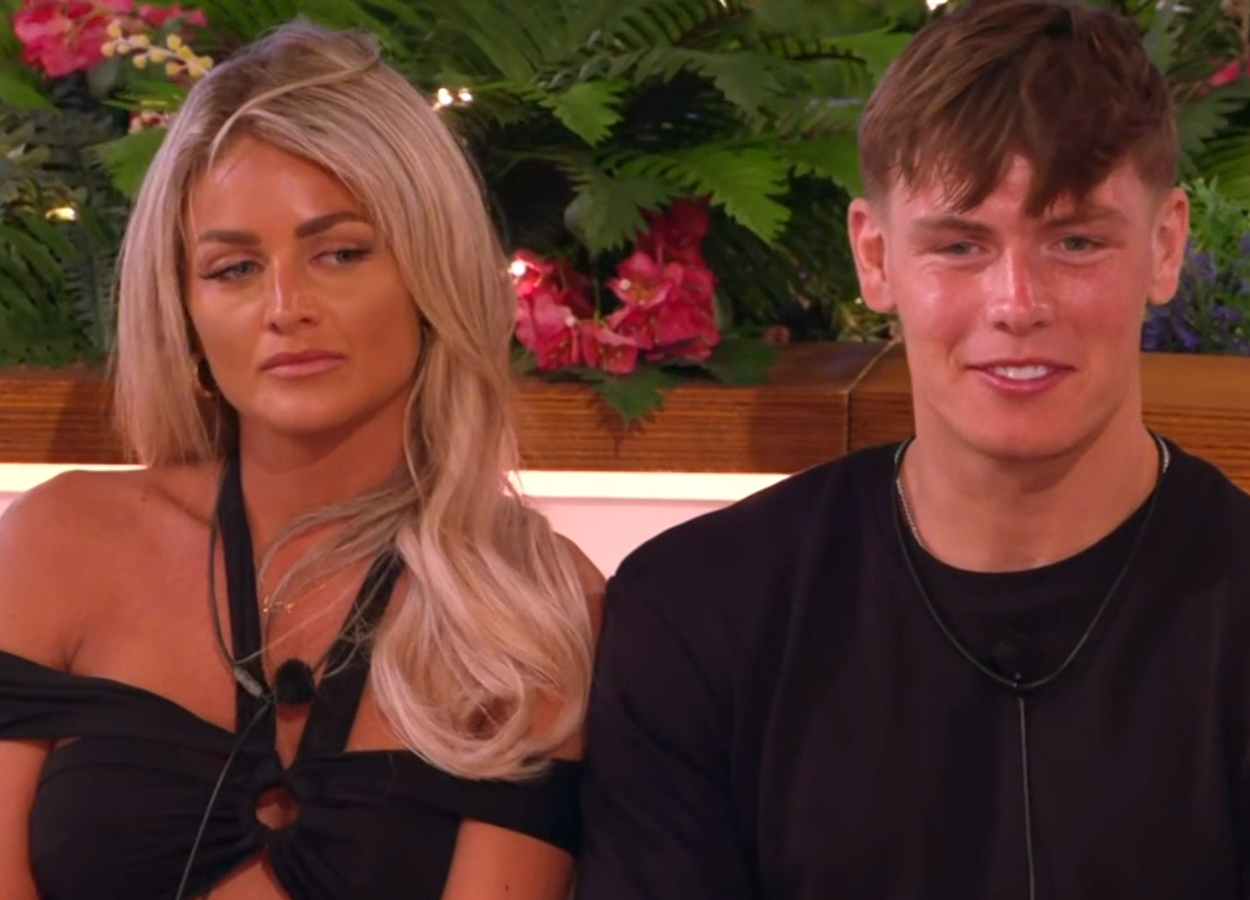
As one of the new bombshells, Keanan took Jessie and Samie on his first dates, with neither lady turning their head from their current partners. However, after Casey chose to re-couple with the other bombshell, Rosie, Keanan was left to pick Claudia — with not much chemistry present between them. Truth be told, many have suspected that he actually wanted Rosie, which is why he pushed for Claudia to try a reconciliation. Considering her attempt clearly proved unsuccessful and it’s this late in the game, something wild would have to happen for there to truly be a spark between these two. — Lexi Lane
7. Casey & Rosie
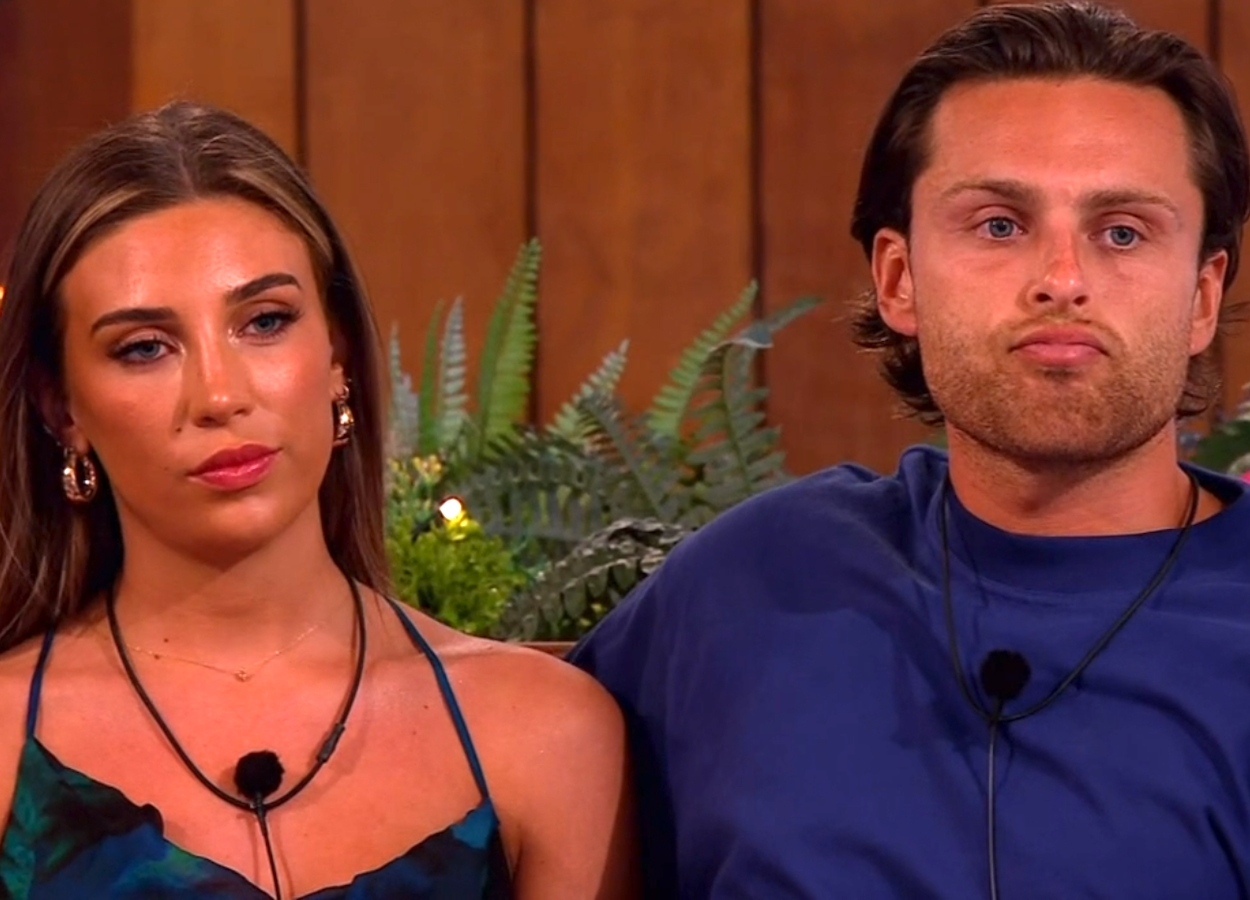
Remember a few weeks ago when I wrote that “Casey seems like the kind of guy to be a committed partner”? Yeah, I’d like formally rescind that statement. Since coming into the villa, Casey has “had connections” with Lana, Claudia, Sanam, Cynthia, and now Rosie. He chose to stick with Claudia during Casa Amor after kissing two girls — making it clear to her that he values their connection — only to turn his head the moment a new girl walked in. Casey did admit it takes him a while to catch feelings for someone, but he also seemed to distance himself from Claudia the moment she signaled she wanted to be exclusive. Time will tell if Casey and Rosie’s connection is actually better, but Tom and Will egging him on probably didn’t help. — Carolyn Droke
My Type On Paper: Mid-Tier
6. Maxwell & Olivia
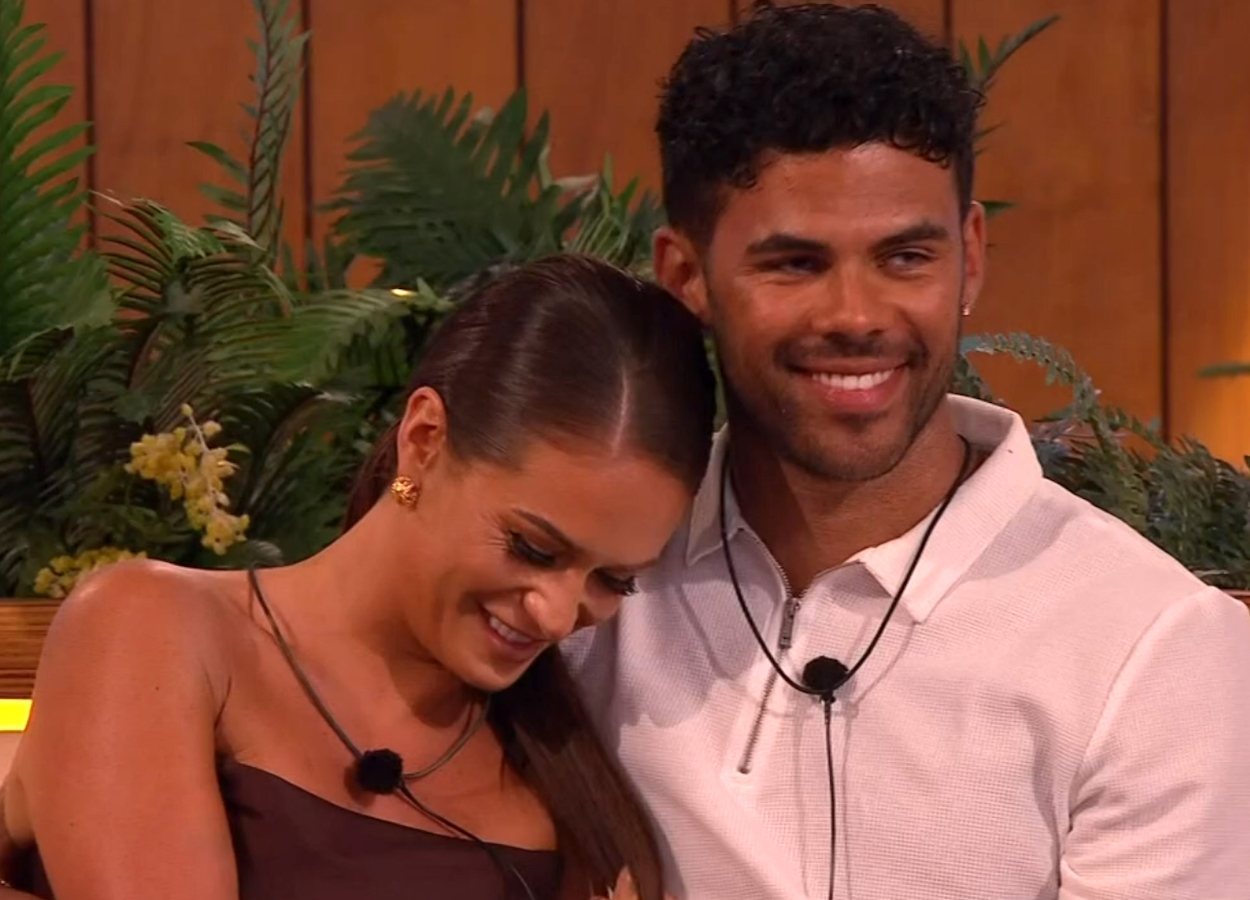
I don’t know about you, but I couldn’t help but think the islanders let Olivia off the hook a little too quickly after her Movie Night clips showed her talking sh*t about nearly every couple in the villa. Smack talk aside, she and Maxwell do have a good thing going. Olivia has the tendency to take things very personally (and be more than a little hypocritical). And when she’s confronted with something she doesn’t want to hear, her go-to move is to flee the scene rather than stay put to resolve an argument in the moment. Maxwell is the first islander of the bunch who’s actually able to talk through an argument with Olivia, even if it did take two rounds to reconcile. He’s also gotten Olivia (a little) more comfortable with PDA. Holding hands after two weeks of knowing each other? They might as well be married off. But let’s see how long Olivia lasts on Love Island UK Season 9, seeing as she’s far from a fan favorite. — Carolyn Droke
5. Shaq & Tanya
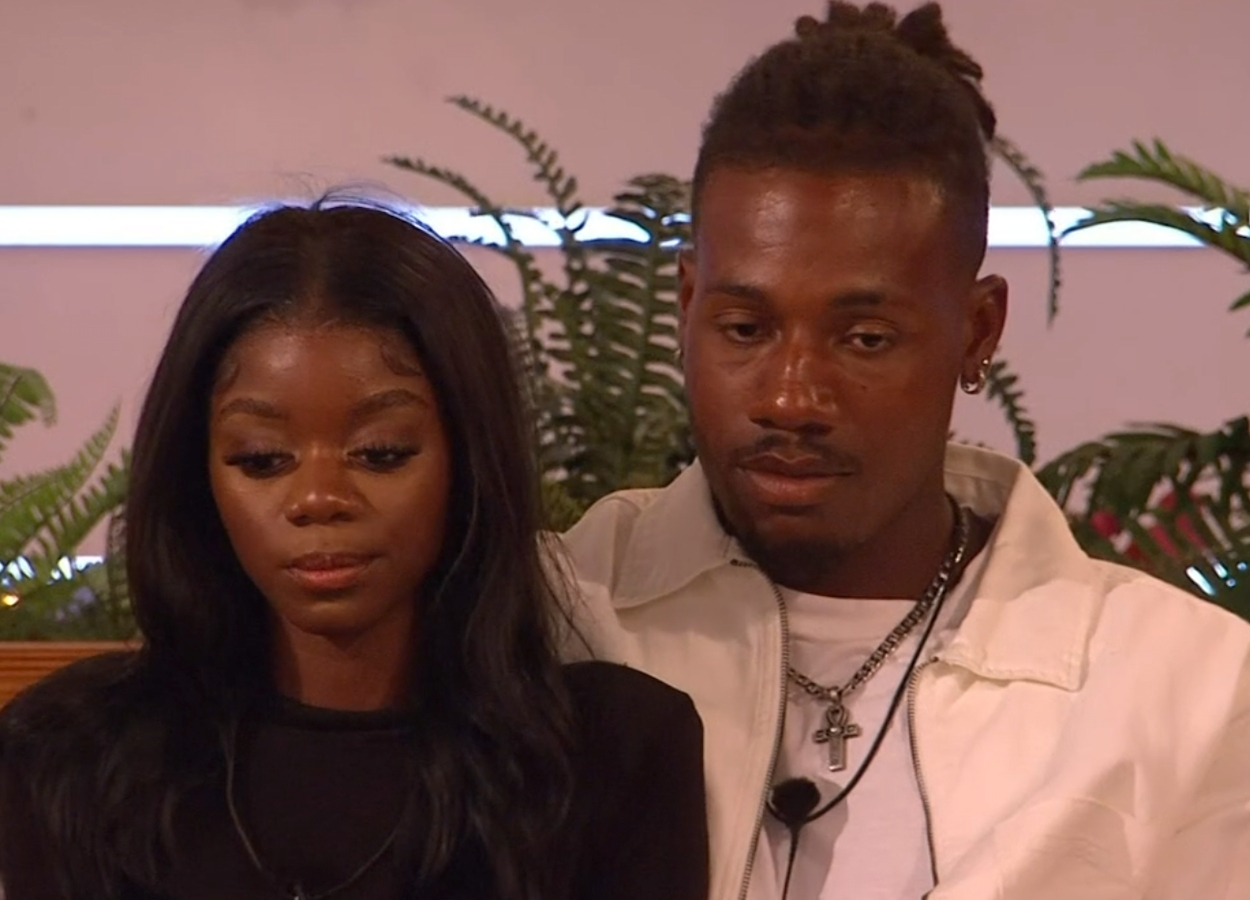
With Martin getting dumped from the island, Shaq and Tanya’s Casa Amor mess is officially behind them. If we’re being honest, this couple was never going to be done for good, but considering the true colors that were shown, that’s what makes them a bit more intolerable these days. Shaq’s reasonable anger and frustration towards Tanya in regard to what really went down at Casa Amor was met with her gaslighting him (and Martin) in response to their very reasonable reactions to her behavior. Luckily for Tanya, it somehow worked in her favor as Shaq chose to set aside his feelings to reunite with Tanya and pick up where they left off without even a quarter of an apology from her for Movie Night. At this point, I personally wouldn’t give Shaq and Tanya the season 9 crown, but if they’re happy together, then I guess that’s all that matters. — Wongo Okon
4. Will & Jessie

I had such high hopes in the beginning for these two, but man, have the past few weeks been challenging as an initial Will and Jessie fan. Between his wandering behavior in Casa and her faulty trust in him afterward, even beyond Movie Night, it seems they just haven’t been able to get back on track to how they were… which is disappointing, given they were the world’s frontrunners to win. If they’re able to repair their trust issues, there’s potential, but I have doubts that these two will last outside of the show. — Lexi Lane
Married Off: Top Tier
3. Tom & Samie
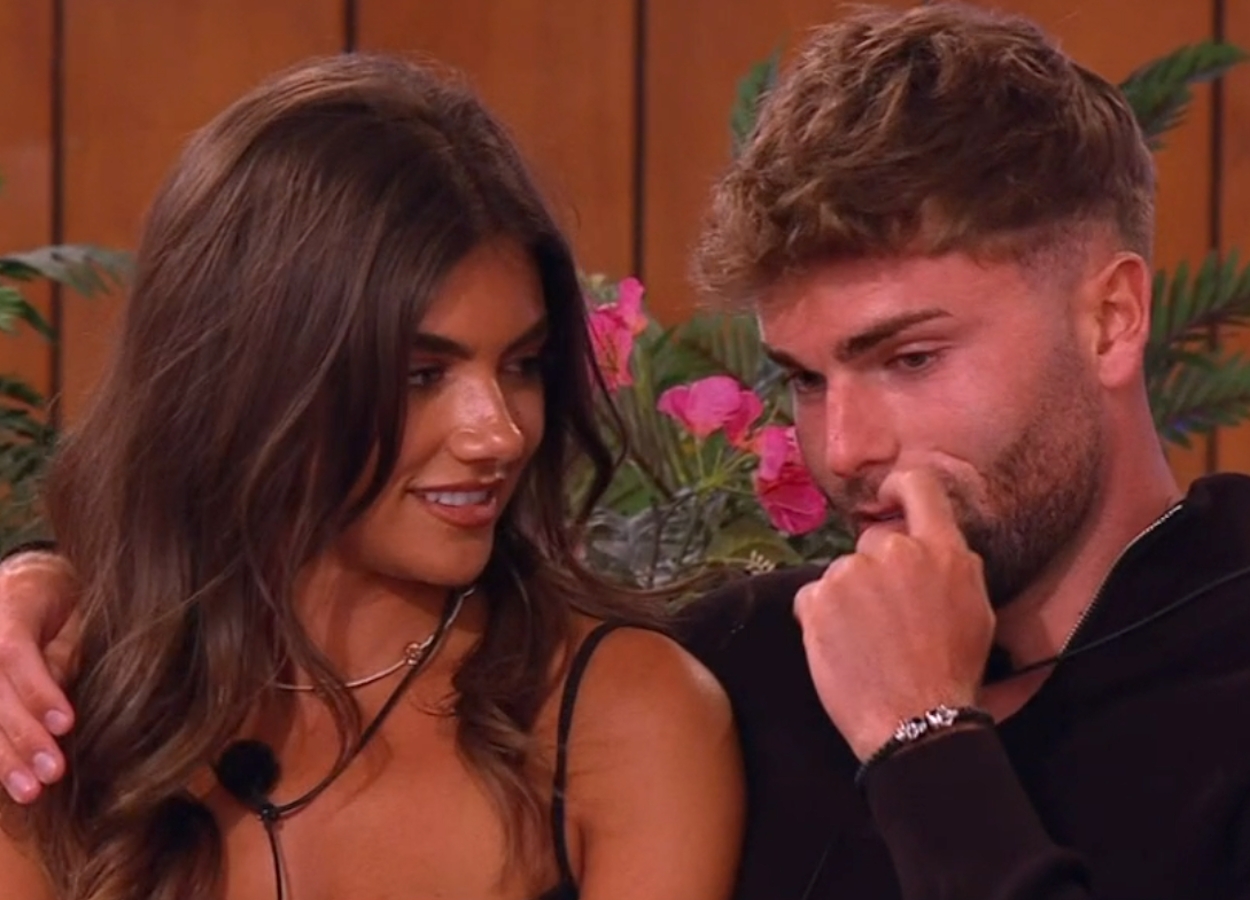
It looks like Terrace Tom needs a new nickname! Samie and Tom were off to a rocky start last week when the post-Casa Amor drame put their relationship on uncertain ground. Samie was hurt that Tom got close to Casa newcomer Lydia, and seeing Tom’s moves in action during Movie Night only made matters worse. Thankfully, Tom and Samie were able to reconcile and start rebuilding trust in their relationship. It’s safe to say neither of these two’s heads are turning any time soon. — Carolyn Droke
2. Kai & Sanam

If Love Island had an award for Most Improved Islander, I’d do everything in my power to ensure that Kai Fagan’s name was already inscribed into it. Seriously though, Pre-Casa Amor Kai and Post-Casa Kai might as well be two completely different people. He freed himself from the chaotic shackles of Olivia and opted for Sanam, someone more his speed and flooded with similarities. I’m willing to argue that Kai and Sanam would be more of a favorite to win the show if they had an opportunity to be a couple before Kai’s time with Olivia. These two are fun to watch and practically drama-free – well, that is when Olivia is wreaking havoc in their vicinity. Unfortunately, their brief time together might not be enough to win over the hearts of viewers, at least not more than this next couple. — Wongo Okon
1. Ron & Lana
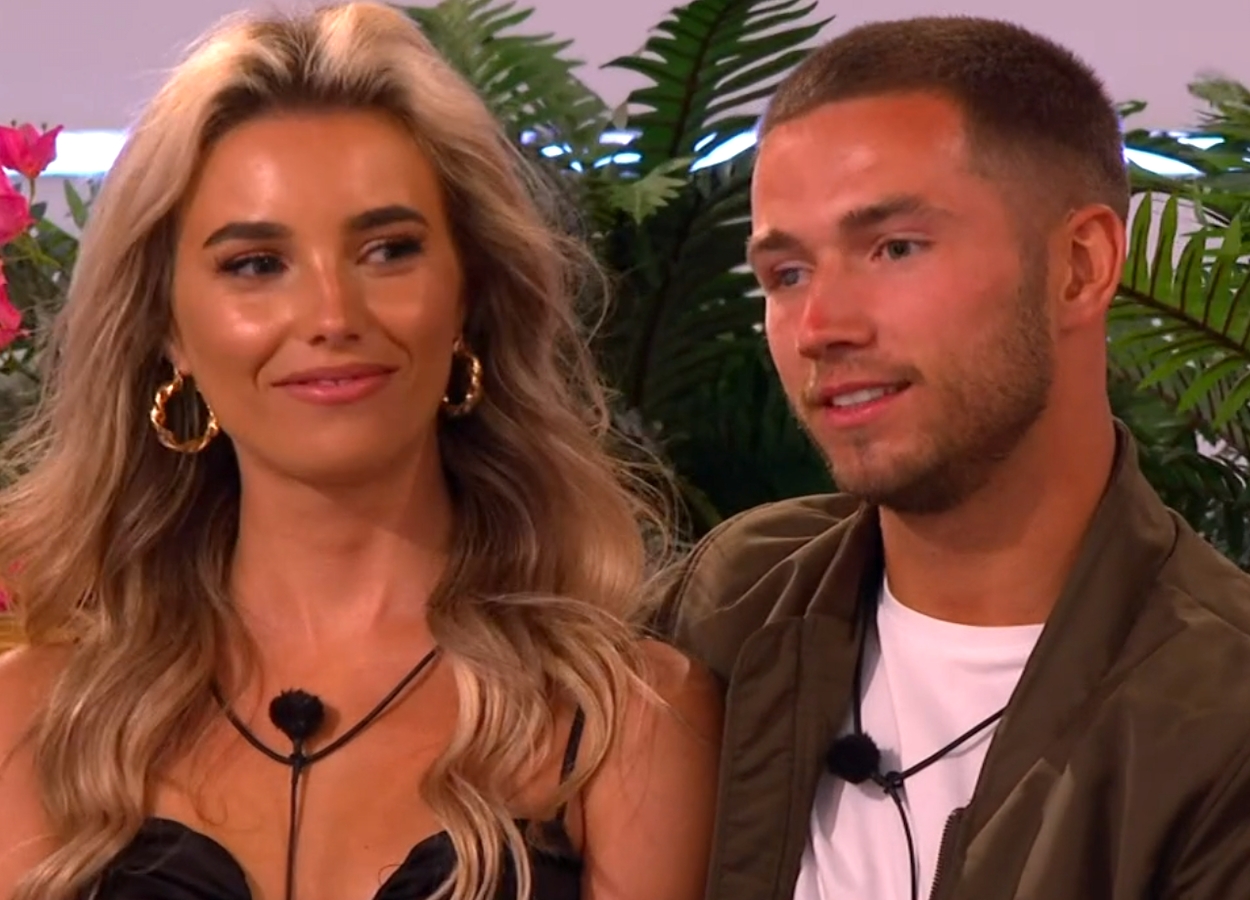
Despite their slight rollercoaster of a relationship at the show’s start, Ron and Lana have since proven their loyalty to each other — even throughout Casa Amor. This week, viewers saw Ron officially pop the question (not once, but twice) to her, making them the first couple to be “bf and gf” from this season. Or, as Ron cheerfully exclaimed over the balcony, he’s got his Mrs. (We’ll ignore the red flag that she’s apparently his first girlfriend, despite some inconsistent statements about his dating history happening before.) These two are playing their cards almost too perfectly right, but it just might work out in their favor. — Lexi Lane
‘Love Island UK’ airs daily on the ITV2 channel at 9pm GMT/4pm EST/1pm PST.


